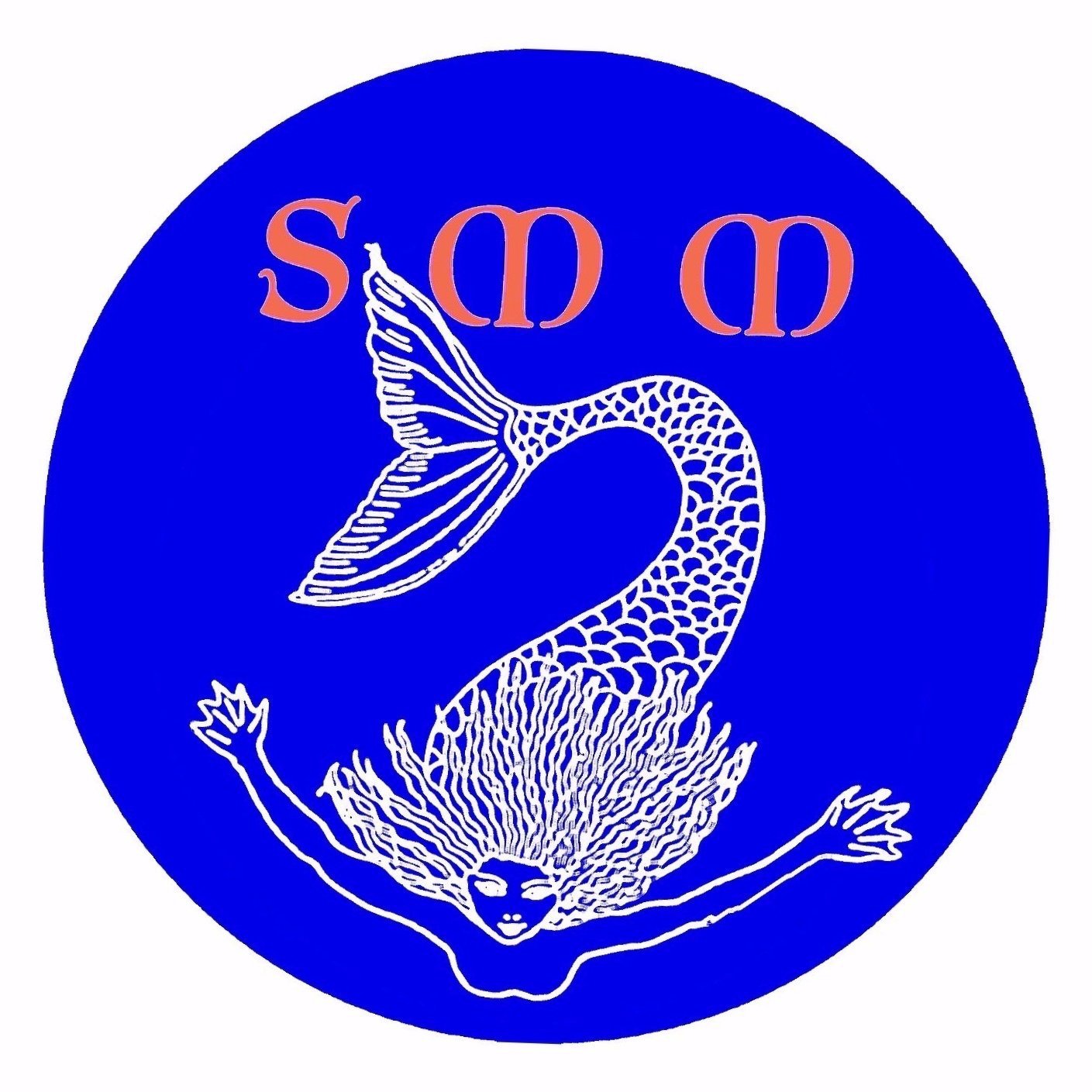How I Learned to Read Music
Most of my students, no matter what age or grade they are in, come to the School of Music and Magic with no experience or knowledge of how to read music. They learn playing skills very fast, but reading the notes and the time signatures is harder. They have good ears and can do a lot without reading, but it is important to know how to read..
The easiest way to learn to read music is by singing in groups.
In the elementary school I attended my classmates learned to read music by watching the big kids who already knew how. I was fortunate to go to a school that integrated music in our every day lives as well as in our curriculum. Every morning at Assembly we were handed music books and sang the school song and then other songs from the book. Many of the songs we learned were folk songs. Our music teacher was an amazing man named Jack Langstaff. Tall and wild-seeming, with unruly black hair and a booming operatic voice, he was an unlikely teacher for a crowd of elementary school kids. He was very strict and we adored him. His children also attended the school, and his wife played the piano for all of our classes.
Mr. Langstaff had been to Padstow, England and he taught us dances, songs and folk plays he had learned there.. In winter we put on a show. It was a Christmas show, but it also included wonderful songs and dances from a more ancient, nature-based spirituality.. We tied bells around our ankles and performed morris dances designed to wake up the sleeping earth, jumping up and down while everyone sang. We put on the folk-play of St George and the Dragon which culminated in a pre-Christian sword dance involving a mysterious labyrinthine knot of swords being drawn around St George’s neck before he collapsed to the floor; and a crank doctor who falsely claims he can cure St George and throws his “pills” — candy — into the audience; — and the Abbots-Bromley Dance in which a group consisting of boy with a bow and arrow, an old lady, and five silent children with stag horns on their heads danced to an eerie recorder tune in and out of the audience aisles. Every winter we performed in this show, along with the Christmas play. Mr. Langstaff made us all try to sing as beautifully as we could. The dance steps were intricate and I don’t know how he got us to learn them. He told us we should be able to do them easily because we were young!
In the springtime we brought branches of flowers to school and put on a procession in the field at the back of the campus. We put on the same May Day Pageant that Mr. Langstaff had seen in Padstow. An 8th-grader wearing a huge hoop hung with black cloth around his shoulders so you could not see his body, and with a strange hood on his head, was The Hobby Horse. His job was to run around, and every now and then, at a certain slow part of the song, he would “die”…only to be brought back to life to dance again by two other ritual characters known as the Fools. We marched with our flowers to the maypole and danced around it singing seasonal songs.
There was no ideology, no social significance, we were just a large group of kids having fun singing and dancing. The music reflected the seasons. But nobody came to us and declared, “This music is connected to springtime/wintertime”…We did not need to think that way. We were inside the music and inside nature.
Every year, every season, we repeated many of the same dances and songs. The younger children learned from the older ones. Third graders hoped that when they were in the fifth grade they might be the dragon, or a sword dancer, or St George. And in the eighth grade they might get to be the Hobby Horse.
The repetition was reassuring and exciting at the same time. Everything repeated every year, moved in circles, followed a rhythm, reflected in rhythm and rhyme. Our learning of music was like music itself, moving in circles, repeating, maintaining a steady beat that you could dance to.
And that is how I learned to read music!
